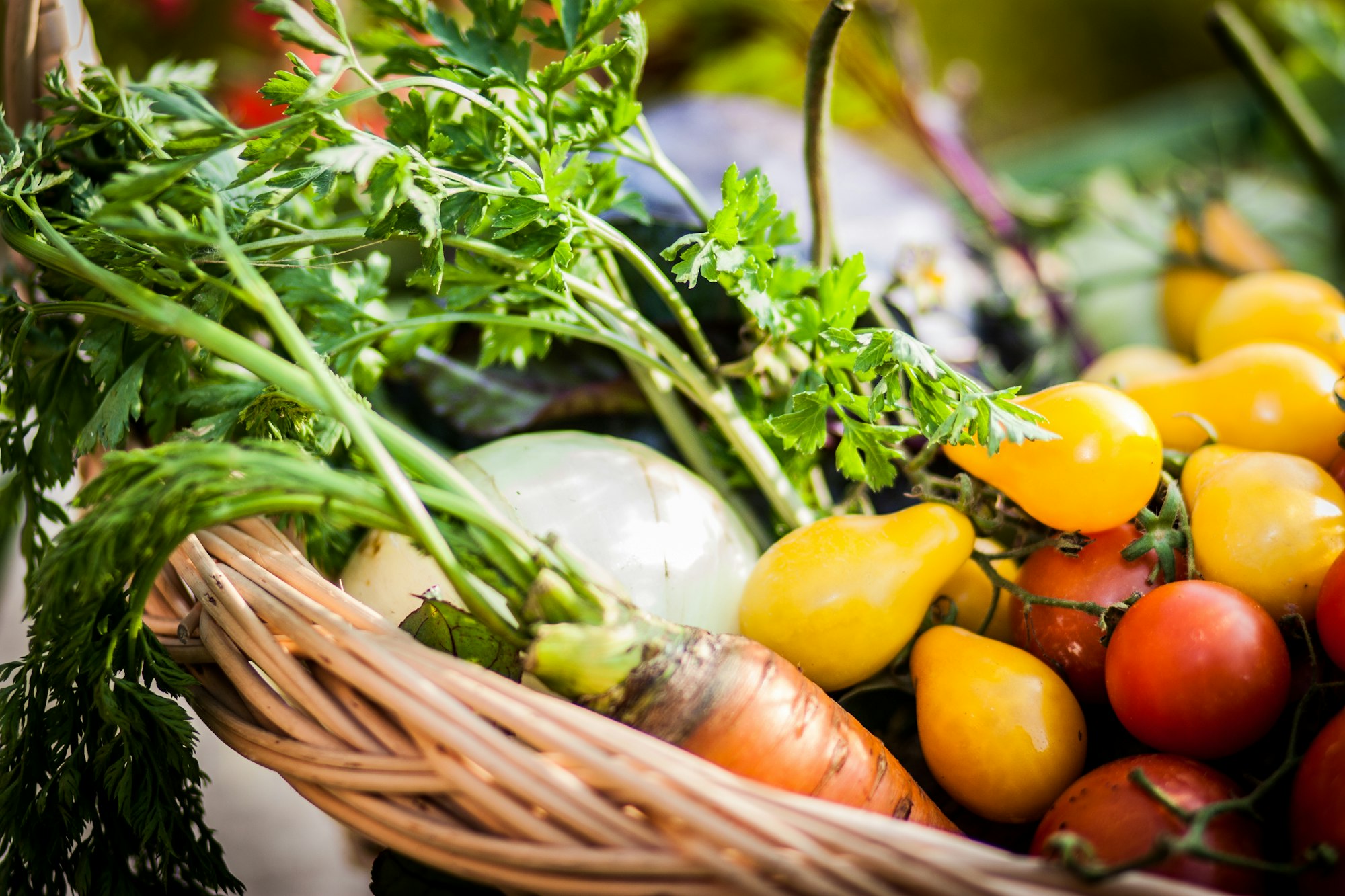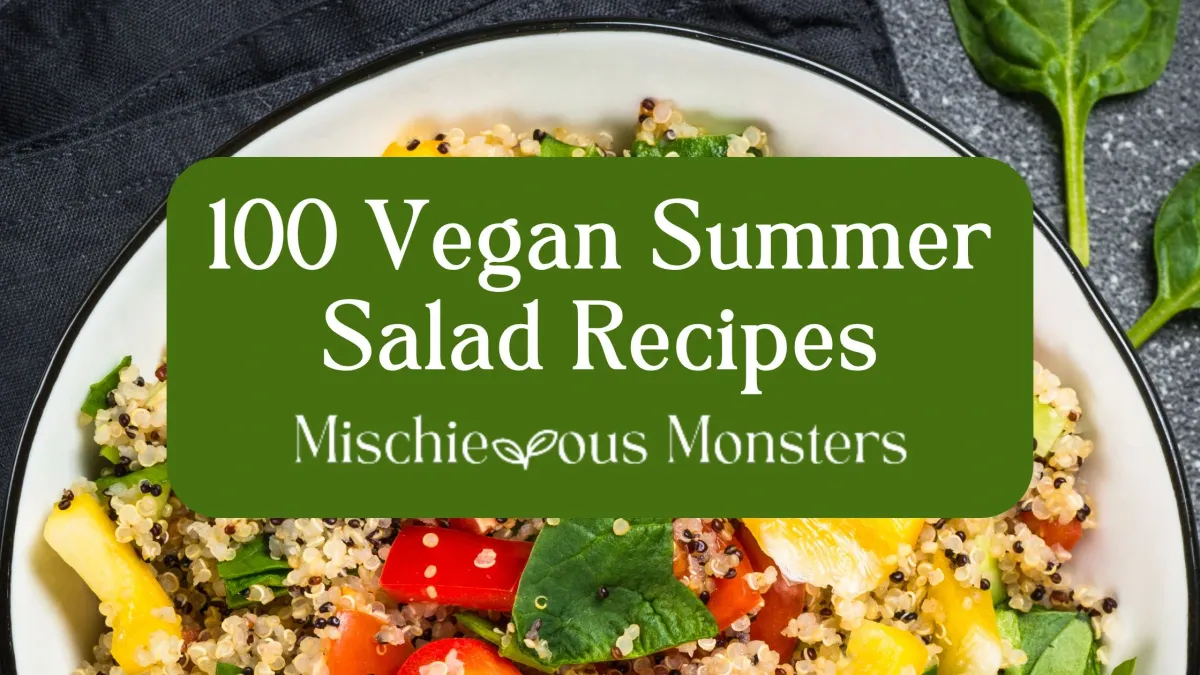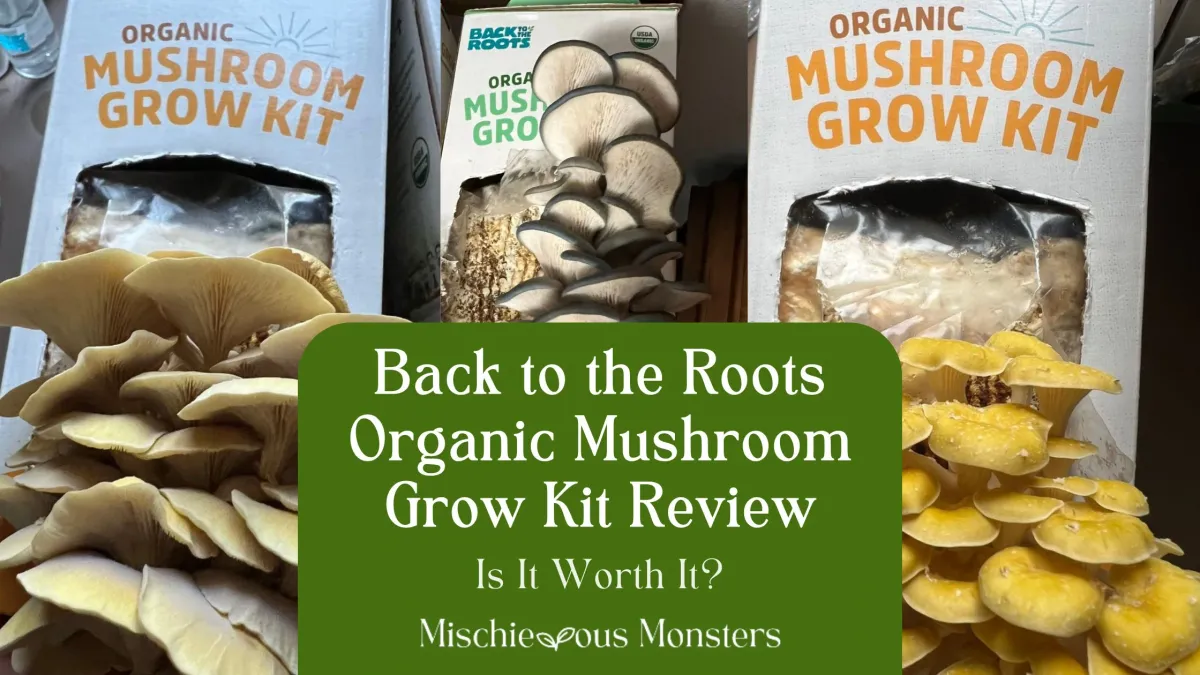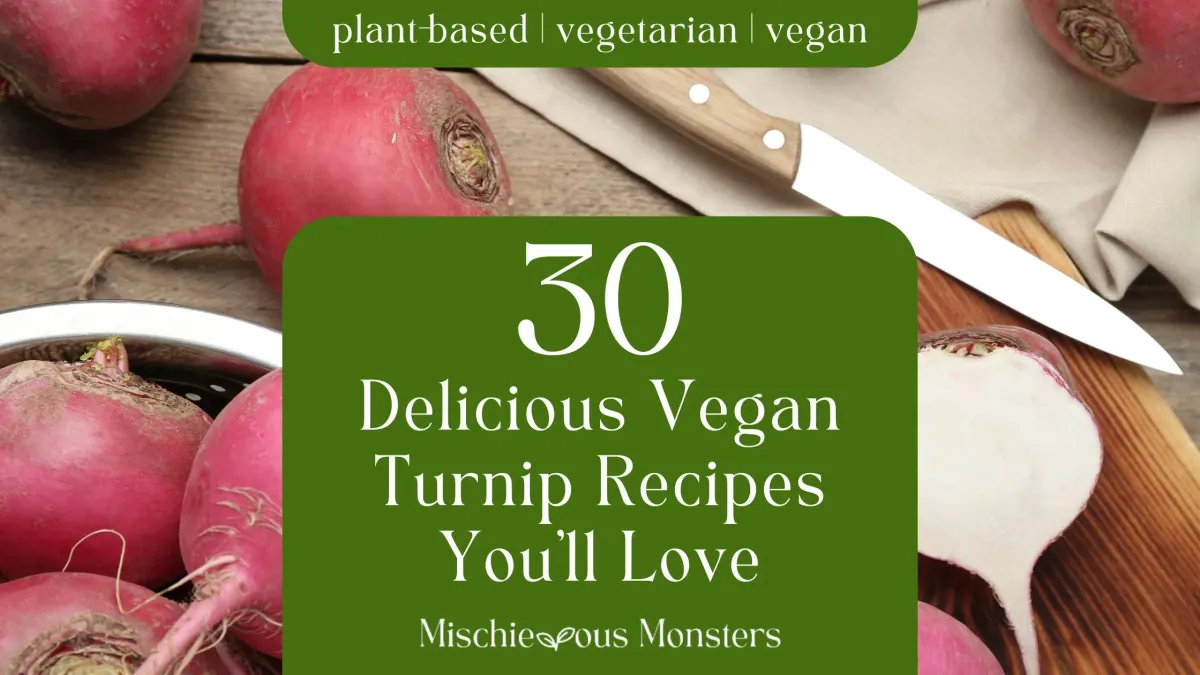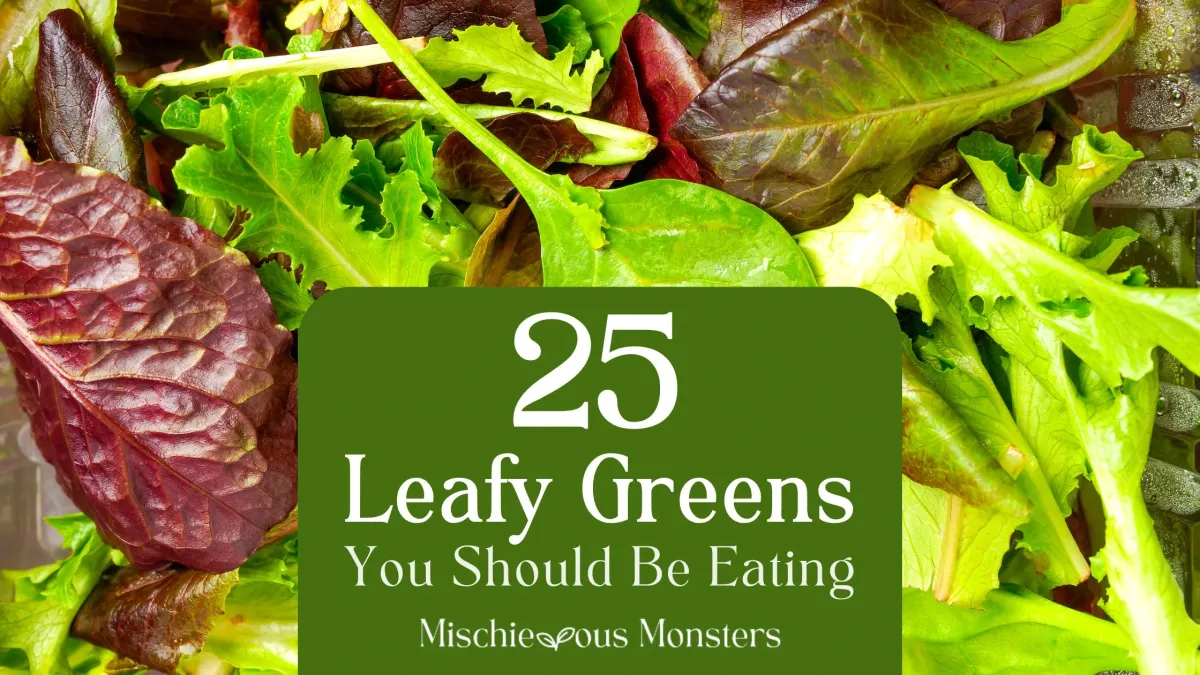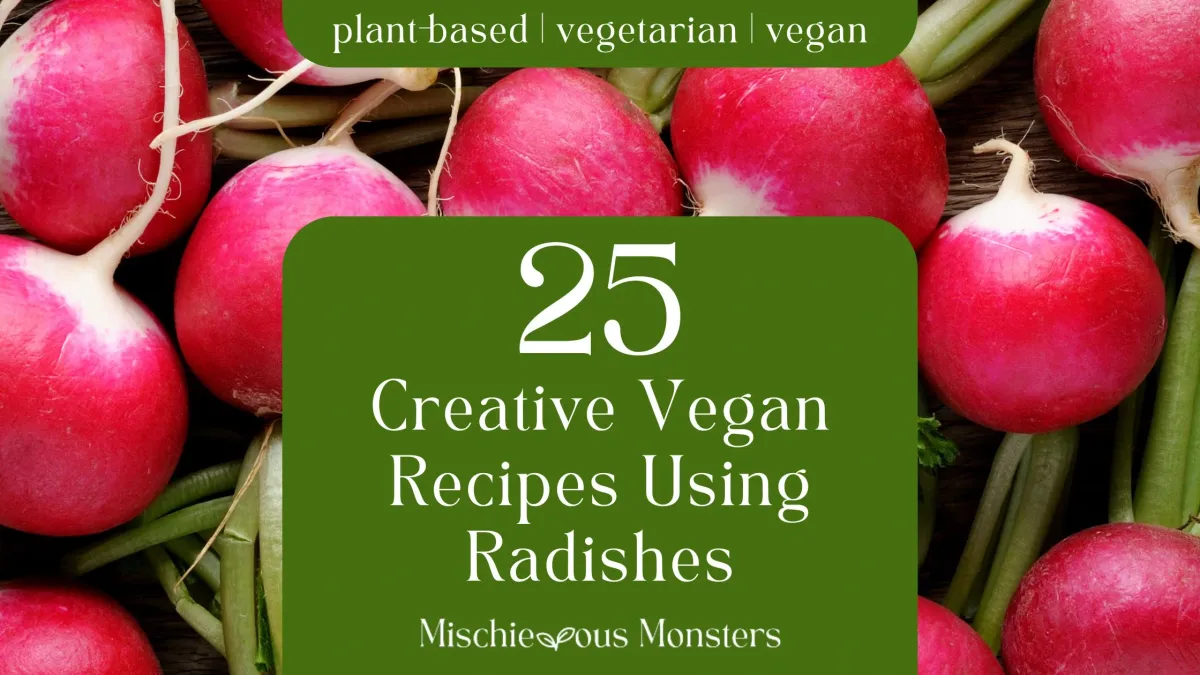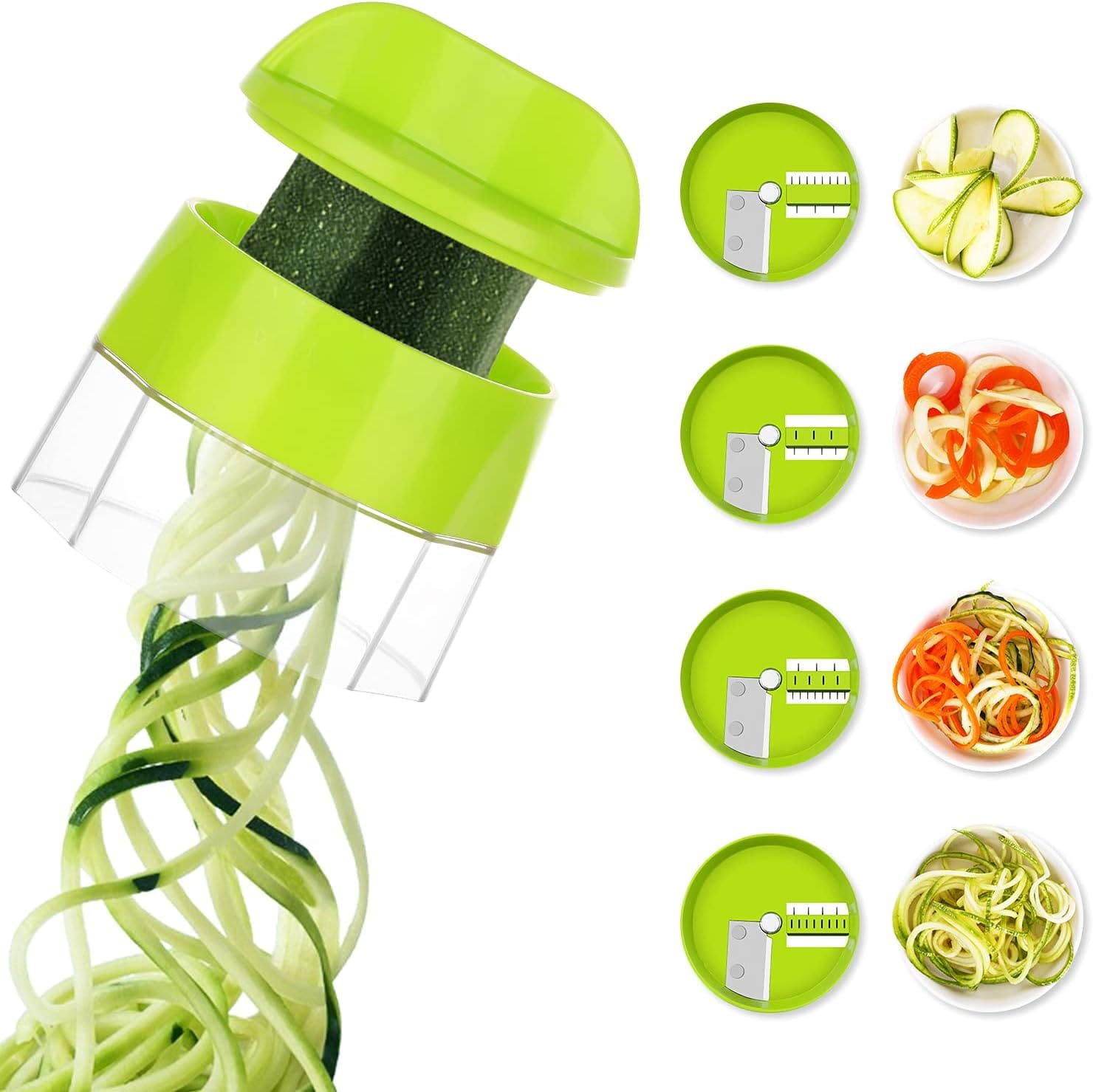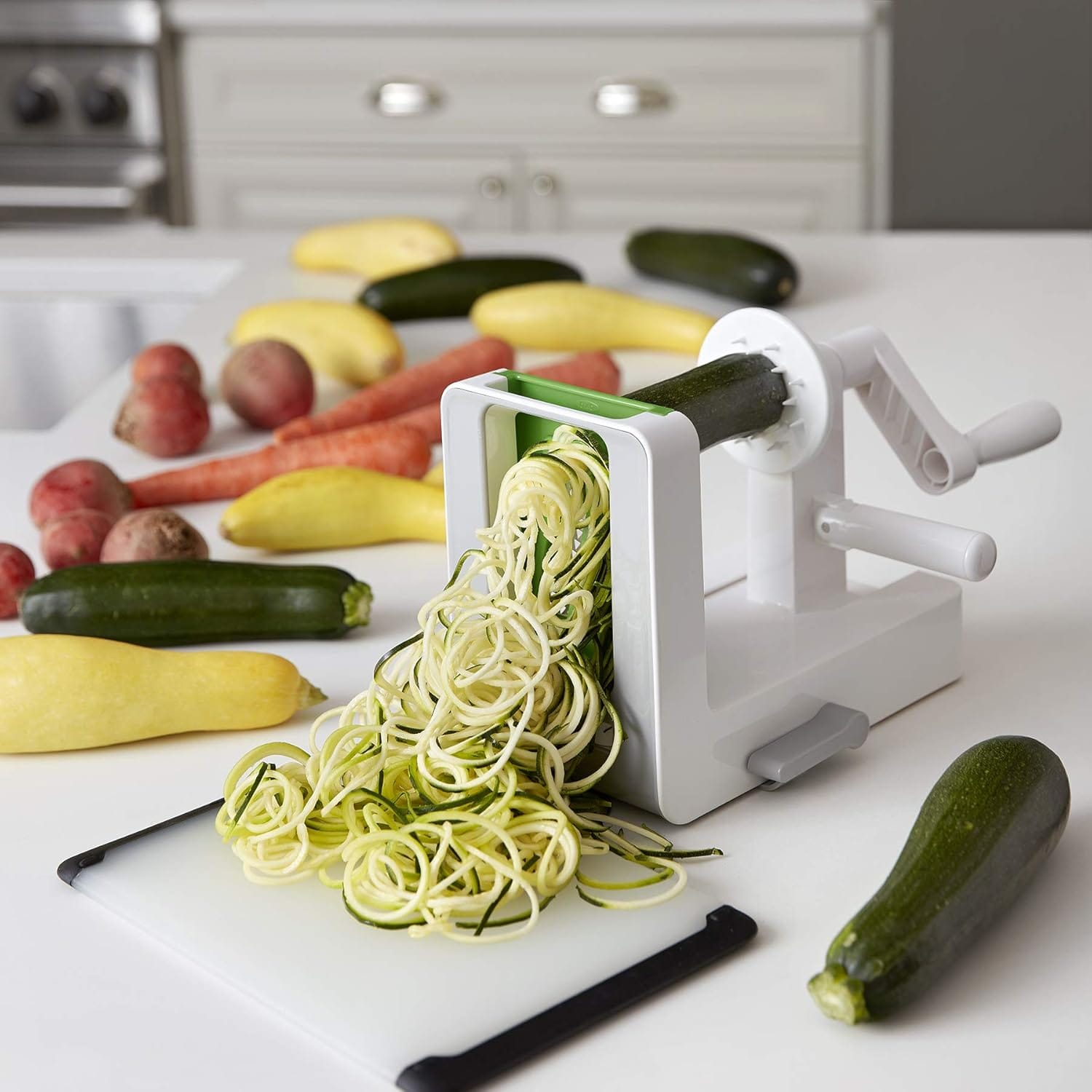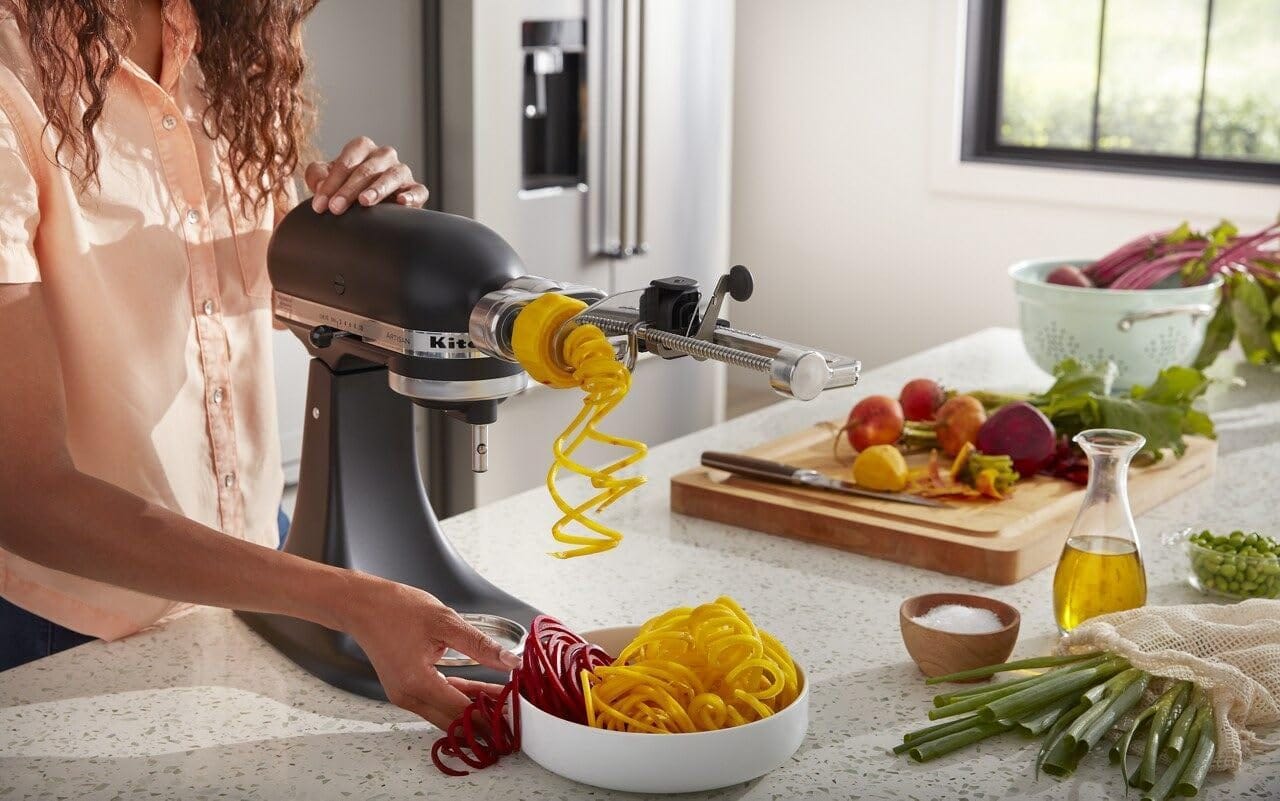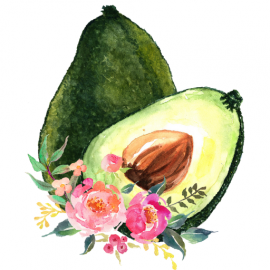
What's the Deal with Spiralizing?
Spiralizing isn't just a fun kitchen trick. It's a total game-changer for plant-based meals. Whether you're cutting back on carbs, sneaking more veggies into your day, or simply tired of chopping the same old way, spiralizing opens up a world of fresh possibilities. It transforms everyday vegetables into curly, crisp, colorful ribbons that feel just as satisfying as pasta without the heaviness.
From zucchini noodles and spiralized sweet potatoes to crunchy carrot ribbons and beet curls, spiralizing adds texture, variety, and visual flair to your plate. Plus, it's a playful and hands-on way to make meal prep more enjoyable (even for kids or picky eaters).
Whether you're brand new to the spiralizer or looking to sharpen your skills, this guide has everything you need to get started and spiral your way to more exciting, veggie-packed meals.
- Differences between the most common spiralizers
- Which veggies you can and can't spiralize
- Tips and tricks to spiralizing successfully
- Meal and dessert recipe ideas

3 Tools of the Spiralizing Trade
Before you start spiraling your way to plant-based magic, let's talk gear. The right spiralizer makes all the difference, whether you're just trying it out or ready to spiralize everything in your produce drawer.
- Handheld Spiralizer
- Countertop Spiralizer
- Spiralizer Attachment
1. Handheld Spiralizer
- Best for: Beginners, small kitchens, and softer veggies
- Use with: Zucchini, cucumbers, and carrots
- Pro Tip: Choose one with a finger guard to protect your hands as the veggie gets shorter.
Compact, budget-friendly, and perfect for occasional spiralizing, handheld spiralizers are like pencil sharpeners for your veggies. Just insert and twist. They're easy to clean and store, but they do require a bit more muscle and are best for small, straight vegetables. Most come with one blade type, so you won't get fancy noodle options, but they're perfect for quick zoodles!
2. Countertop Spiralizer
- Best for: Frequent spiralizers, batch prep, and a variety of noodle shapes
- Use with: Zucchini, sweet potatoes, beets, butternut squash, and more
- Pro Tip: Look for suction cups or a locking base to keep the spiralizer from slipping during use.
If you're ready to take your spiralizing to the next level, a countertop spiralizer is your new BFF. These models use a crank handle to turn the veggie against interchangeable blades, which gives you more control, speed, and noodle variety (think spaghetti, ribbons, curls, or wide fettuccine-style strips).
They're great for harder or larger veggies like sweet potatoes and beets. While they take up more space, they're much easier on the hands and more versatile overall.
I got a used one of these countertop spiralizers from my mom, and I enjoy using when I can.
3. Spiralizer Attachment
- Best for: Those who already own a stand mixer or food processor
- Use with: Most firm veggies that fit the attachment
- Pro Tip: Make sure the attachment you choose is compatible with your specific appliance model before buying.
Already own a KitchenAid stand mixer or high-end food processor? You might not need a separate spiralizer at all. Many brands offer spiralizing attachments that connect directly to your appliance. They're electric, powerful, and ideal for batch cooking.
You'll get consistent results with minimal effort—no cranking or twisting required. Just feed in the veggie and let the machine do the magic. Attachments tend to be pricier but are perfect for serious veggie noodle lovers.
My mom really likes using her KitchenAid standing mixer accessories, especially the veggie spiralizer attachments. She enjoys spiralizing zucchini into zoodles (zucchini noodles) as a pasta alternative and in chocolate zucchini bread.

3 Spiralizers, Summed Up
1. Handheld Spiralizer
- Best for: Beginners and occasional use
- Size and Storage: Compact, fits in a drawer
- Effort Level: Manual twisting
- Blade Options: Usually 1-2 basic blades
- Ease of Use: Simple but hands-on
- Great for These Veggies: Zucchini, cucumber, and carrots
- Cleaning: Easy to rinse off
- Price Range: $10-$20
- Portability: Very portable
- Durability: Decent for soft veggies
2. Countertop Spiralizer
- Best for: Frequent use and versatility
- Size and Storage: Larger, needs counter/cabinet
- Effort Level: Manual cranking (less effort)
- Blade Options: Multiple blades for various cuts
- Ease of Use: User-friendly with a better grip
- Great for These Veggies: Sweet potato, beets, and butternut squash
- Cleaning: More parts to clean
- Price Range: $25-$50
- Portability: Stationary
- Durability: Built to last
3. Spiralizer Attachment
- Best for: Batch prep and hands-free spiralizing
- Size and Storage: Medium (depends on appliance size)
- Effort Level: Electric (minimal effort)
- Blade Options: Depends on the attachment
- Ease of Use: Very easy (machine-powered)
- Great for These Veggies: Most firm, even large veggies
- Cleaning: Usually dishwasher-safe
- Price Range: $50-$100+ (plus appliance cost)
- Portability: Limited to your appliance's mobility
- Durability: Long-lasting if cared for properly

7 Best Veggies for Spiralizing
Not all veggies are cut out for the spiralizing life—literally. The best ones are firm, cylindrical, and dense enough to hold their shape when twisted into ribbons or noodles.
When in doubt, if a veggie feels firm and dense when you press on it, and it's at least 1.5 inches thick, it's probably spiralizer-approved. Here's your guide to the MVPs of spiralizing.
- Zucchini (Courgette)
- Sweet Potatoes
- Carrots
- Cucumbers
- Beets
- Butternut Squash
- Daikon Radish

1. Zucchini (Courgette)
- Cook Method: Sauté or raw
- Time: 2-3 minutes
- Details: Zucchini noodles (aka "zoodles") cook quickly and can get watery if overcooked.
- Tips: Lightly sauté in olive oil or vegan butter until just tender. Salt after cooking to prevent sogginess, or salt beforehand and blot with a paper towel.
- Best for: Pasta swaps, stir-fries, and fresh salads
The OG spiralizing star. Zucchini noodles—affectionately known as "zoodles"—are where most people start their spiralizing journey, and for good reason. They're light, tender, and have just enough bite to hold up in your favorite sauces. Zoodles cook in a flash (just 2-3 minutes in a pan, or none at all if you're going raw), making them a fast, fresh alternative to traditional pasta.
Toss them with vegan pesto, layer them in a veggie bowl, put in stir-fries, use as cold sesame noodles, or chill them for a refreshing salad base. However you spin it, zucchini is the go-to veggie for quick, colorful, and low-carb meals.

2. Sweet Potatoes
- Cook Method: Bake or sauté
- Time: 10-15 minutes
- Details: Sweet potatoes are sturdy and slightly sweet, making them great for crisping up.
- Tips: Roast at 400°F with a bit of oil for caramelization, or sauté in a skillet until golden. Spice it up with smoked paprika or cumin.
- Best for: Bowls, hash browns, and taco fillings
Slightly sweet and seriously satisfying. Sweet potatoes are a spiralizing powerhouse—firm enough to hold their shape and versatile enough for everything from crispy fries to cozy roasted "noodles." Their natural sweetness caramelizes beautifully in the oven or on a skillet, making them perfect for savory-sweet dishes like hash browns, stir-fries, nachos, baked fries, breakfast scrambles, or even tossed into a warm grain bowl.
They do take a little longer to cook (usually 10-15 minutes depending on thickness), but the flavor and texture payoff is totally worth it. Think of sweet potatoes as the comfort food of the spiralized veggie world—hearty, flavorful, and endlessly adaptable.

3. Carrots
- Cook Method: Stir-fry or raw
- Time: 3-5 minutes
- Details: Carrot noodles hold their shape well and have a natural crunch.
- Tips: Stir-fry with garlic and ginger for an Asian-style noodle dish or keep raw for color and crunch in salads.
- Best for: Slaws, pad Thai, and spring rolls
Colorful, crunchy, and full of bite. Carrots are a fantastic choice for spiralizing, especially when you want something crisp and vibrant on your plate. Their firm texture makes them ideal for raw rainbow salads, slaws, carrot noodle pad Thai, or as a refreshing topper for grain bowls and wraps. They hold their shape better than softer veggies, which means you get satisfying crunch in every twirl.
Carrot spirals also shine in a quick stir-fry. Just a few minutes in a hot pan brings out their natural sweetness without losing that bright orange snap. Plus, they're loaded with nutrients like beta-carotene, fiber, and vitamin K, making them a spiralized staple that's as nourishing as it is beautiful.

4. Cucumbers
- Cook Method: Raw only
- Time: 0 minutes
- Details: Cucumber noodles are crisp, cool, hydrating, and best kept raw.
- Tips: Salt lightly and drain if using in a salad to remove excess moisture. Pairs well with creamy vegan dressings or vinegar-based sauces.
- Best for: Cold noodle salads, refreshing sides, and plant-based sushi bowls
Cool, crisp, and made for raw dishes. Cucumbers are the ultimate refreshing veggie to spiralize—perfect for chilled salads, veggie wraps, plant-based sushi bowls, or quick-pickled spirals that add tang and crunch to any plate. Their high water content gives them that juicy snap, but it also means they're not built for heat. Cook them and they'll turn soggy fast, so keep cucumbers raw for the best results.
Spiralized cucumbers pair beautifully with light dressings, herbs, sesame oil, or a splash of rice vinegar. They're also a great way to add visual flair and hydrating crunch to your meals, especially during warmer months when you're craving something fresh and cooling.

5. Beets
- Cook Method: Roast or raw
- Time: 15-20 minutes
- Details: Earthy and vibrant, beets are beautiful raw or cooked but take longer to soften.
- Tips: Roast tossed in oil and herbs, or enjoy raw with a light vinaigrette. Watch out because they stain!
- Best for: Roasted veggie bowls, citrusy salads, and colorful sides
Bold in both flavor and color, spiralized beets bring earthy sweetness, deep jewel tones, and a dramatic twist to your veggie game. Whether you're looking to brighten up a salad or build a stunning side dish, beets deliver on both taste and visual impact. Raw beet spirals are crisp and refreshing—perfect for slaws, wraps, or grain bowls with a tangy vinaigrette to balance their natural depth.
Prefer something cozier? Roasting beet noodles softens their texture and intensifies their sweetness, turning them into a hearty, nutrient-packed base for warm dishes. Just be prepared. They stain everything in their path (i.e., cutting boards, hands, and shirts), but that ruby red payoff is totally worth it.

6. Butternut Squash
- Cook Method: Roast or sauté
- Time: 10-15 minutes
- Details: Butternut is slightly sweet and hearty, similar to sweet potato but a bit softer.
- Tips: Roast at 400°F for caramel edges, or sauté gently until fork-tender. A sprinkle of cinnamon or sage brings out the flavor.
- Best for: Fall-inspired pasta dishes, casseroles, and creamy sauces
Firm, flavorful, and fall-ready, butternut squash is a cold-weather favorite that shines in spiralized form, but it does take a little prep work. Its tough outer skin and dense flesh mean you'll want a sharp peeler and a sturdy spiralizer.
Pro Tip
Focus on the thick neck portion of the squash, which is straight and seedless—perfect for creating long, even noodles. (The bulbous base is great for roasting, but not so spiralizer-friendly.)
Once spiralized, butternut squash noodles roast beautifully in the oven or sauté up golden and sweet on the stovetop. They make an amazing base for creamy sauces, sage and garlic, or even tossed with roasted veggies and grains. Slightly nutty, subtly sweet, and wonderfully sturdy, this squash is a cool-weather staple that's totally spiral-worthy.

7. Daikon Radishes
- Cook Method: Raw or quick pickling
- Time: 0 minutes (cooking); 15-30 minutes (quick pickles)
- Details: Crisp, mildly spicy, and crunchy with a refreshing bite
- Tips: Peel before spiralizing for smoother noodles. They're great for adding texture to cold dishes.
- Best for: Cold soba bowls, vegan sushi rolls, quick pickles, and salads
Crisp, clean, and slightly spicy, daikon radishes are a highly underrated hero in the spiralizer world, especially for Asian-inspired dishes. Their long, straight shape makes them ideal for getting beautiful, uniform spirals, and their mild peppery bite adds a refreshing contrast to rich or savory ingredients.
Use them raw to add crunch to cold noodle salads, roll them into vegan sushi, or toss them with rice vinegar and sesame seeds for a quick pickle that brightens any bowl. Daikon radishes also hold up well to marinating, making them ideal for meal prep. Just be sure to keep them cold. They are best enjoyed chilled and crisp.
To make quick pickles, simply slice or spiralize the radishes and soak them in a vinegar-based brine. These quick pickles typically take 15-30 minutes to develop their tangy flavor, making them a fast and easy way to add a refreshing, crunchy element to your meals without the need for heat or long wait times.

7 Veggies That Don't Spiralize Well
Not every vegetable can be spiralized, and that's okay. Some have textures that are too soft, shapes that are too awkward, or water content that turns them into mushy messes the moment you try to twist them.
These veggies are better suited for slicing, dicing, roasting, or blending.
- Leafy Greens
- Mushrooms
- Peas
- Bell Peppers
- Spaghetti Squash
- Avocados
- Tomatoes

1. Leafy Greens
Leafy greens like spinach, kale, and lettuce are nutritious and delicious, but they're far too soft, flimsy, and irregular to spiralize. Their lack of structure means they won't hold up to the pressure of the spiralizer, no matter how determined you are. Instead of long, satisfying spirals, you'll end up with shredded leaves and a lot of frustration.
These greens are best saved for tossing into salads, blending into smoothies, or layering into wraps. Leave the spiralizing to sturdier veggies with more bite.

2. Mushrooms
Mushrooms are soft, spongy, and just not built for the spiralizer. Their airy texture and irregular shape mean they collapse under pressure rather than form any kind of usable noodle. Even firmer varieties, such as portobello or cremini, won't hold up. They'll be torn apart or squished.
You're much better off slicing them for sautés, chopping them into fillings, or roasting them whole. Mushrooms bring amazing umami flavor to plant-based dishes, but when it comes to spiralizing, it's best to let them sit this one out.

3. Peas
Peas are just too tiny to tackle with a spiralizer. Instead of turning into neat, curly spirals, they'll likely bounce and roll everywhere, turning your kitchen into a pea chase zone. Their small size and round shape make them impossible to feed through the spiralizer safely or effectively.
Rather than fighting with these little guys, save them for fresh snacking, tossing into salads, or stirring into your favorite veggie dishes whole. Peas are delicious and versatile, but spiralizing isn't their thing.

4. Bell Peppers
While bell peppers have a nice firmness, their hollow, irregular shape makes them poor candidates for spiralizing. Instead of forming neat noodles, they tend to break into uneven rings or strips that don't hold together well. The curved walls and seeds inside add to the challenge, making it difficult to get consistent spirals.
For optimal results, it's best to slice or chop bell peppers. They shine in stir-fries, salads, or stuffed recipes, where their sweet crunch can stand out without the hassle of a spiralizer.

5. Spaghetti Squash
Despite its nickname, spaghetti squash doesn't actually need spiralizing at all. Once cooked, its flesh naturally pulls apart into tender, noodle-like strands with just a simple scrape of a fork—no fancy tools required. All you have to do is cut it in half, roast it until tender, and then rake the inside with a fork to reveal its built-in "noodles."
These squash strands are perfect for low-carb pasta swaps, casseroles, or tossed with your favorite sauce and veggies. Just keep in mind: while they look like spaghetti, the texture is softer and more delicate—closer to shredded squash than al dente pasta. Still, it's a delicious, no-effort option for veggie lovers.

6. Avocados
Soft, creamy, and oh-so-delicious—but absolutely not spiralizer-friendly. Avocados simply don't have the structure or firmness needed to hold up under a spiralizer's blades. Instead of curly noodles, you'll end up with a squished mess and wasted avo.
Their buttery texture is perfect for spreading on toast, mashing into guacamole, or slicing into salads and sandwiches, just not for twisting into spirals. Stick to what avocados do best: adding richness, healthy fats, and a silky finish to your favorite dishes.
Let the firm veggies handle the spiralizing. Your avocado deserves a gentler touch.

7. Tomatoes
Juicy, delicate, and destined for greatness—but not in your spiralizer. Tomatoes simply lack the structural integrity to withstand pressure. Their thin skins and watery insides mean they'll collapse, squish, or burst long before anything resembling a spiral appears. Even firmer varieties, such as Roma or heirlooms, won't survive the twist. They'll just make a slippery mess.
That said, tomatoes are still MVPs in the kitchen. Use them fresh in salsas, bruschetta, or salads, or cook them down into sauces, soups, and stews. Just leave the spiralizing to sturdier veggies. Your counter (and your patience) will thank you.

15 Spiralizing Tips and Tricks
Want long, beautiful veggie noodles that cook evenly, hold their shape, and look amazing in your bowl? Whether you're spiralizing for a quick zoodle lunch, adding crunch to a salad, or meal-prepping a rainbow of veggie noodles for the week, a few smart tricks can make all the difference.
From getting the right cut to choosing the best blades and avoiding soggy spirals, these tried-and-true tips will help you spiral like a pro—no frustration, no mess, just curly, colorful success.
- Trim the Ends First
- Center It Up
- Dry It Out (Especially Zucchini)
- Use the Right Blade
- Work in Batches
- Go for the Neck
- Keep It Cold
- Don't Force It
- Spiral and Freeze (Sometimes)
- Clean It Right Away
- Peeling Is Optional
- Use the Leftover Veggie Cores
- Secure Your Spiralizer
- Avoid Overcooking
- Cut to Size First

1. Trim the Ends First
Start by cutting off both ends of your vegetable so it has flat, stable surfaces on either side. This small step makes a big difference. It helps the veggie sit firmly against the spiralizer's prongs and blade, which means smoother, safer spiralizing.
Why It Matters
A flat surface gives your spiralizer the grip it needs to twist the veggie evenly. If you skip this step and start with a wobbly or uneven edge, you're more likely to get short, broken strands—or worse, the veggie could slip while you're cranking, putting your fingers too close to the blade. Smooth ends = long, beautiful spirals and a safer setup every time.

2. Center It Up
Once your veggie has flat ends, make sure to position it right in the middle of the spiralizer's prongs and blade. Take a second to align it evenly before you start turning the crank. This quick adjustment makes a big impact on your final results.
Why It Matters
If the veggie is off-center, it won't spiral smoothly. Instead, you'll get uneven, broken, or partial noodles that vary in thickness—and that can throw off your cooking times or texture.
Keeping things centered helps your spirals come out long, uniform, and picture-perfect, with a consistent bite from end to end. It's a small move that guarantees big results.

3. Dry It Out (Especially Zucchini)
Zucchini may be the spiralizing star, but it comes with one major catch. It's over 90% water. That means if you don't take a few extra steps, your gorgeous zoodles can quickly turn into a soggy, watery mess once they hit the pan or the plate.
What to Do
After spiralizing, toss your zucchini noodles with a light sprinkle of salt and let them rest in a colander or on a clean towel for 10-15 minutes. The salt helps draw out excess moisture. Once they've had time to sweat, gently blot them with a clean kitchen towel or paper towels to soak up the liquid.
Why It Matters
Drying out your zoodles helps keep your final dish from turning into zucchini soup. It also improves texture—giving your noodles more bite—and helps sauces cling better. Bonus: this simple trick can turn a good dish into a great one.

4. Use the Right Blade
Most spiralizers come with a few interchangeable blades—typically for spaghetti-sized strands, fettuccine-style noodles, wide ribbons, and sometimes even curly fries. Don't just stick with one by default! Switching up the blade can totally transform how a veggie looks, feels, and cooks.
Why It Matters
Different blade styles create different textures, and that can make all the difference depending on the meal.
- Use thin spaghetti blades to create tender zucchini noodles in a light marinara sauce.
- Try using wide ribbons of butternut squash for roasting or layering, similar to lasagna sheets.
- Go with thicker cuts for heartier stir-fries and grain bowls.
Rotating blades keeps your meals visually interesting, fun to eat, and better suited to the sauces and cooking methods you're using. Think of your spiralizer like a pasta machine. Variety is the spice of life (and dinner).
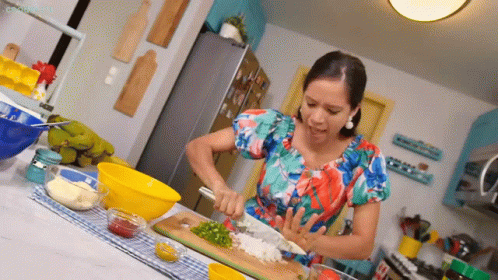
5. Work in Batches
Spiralizing is fun, but doing it every single time you cook? Not so much. Save yourself the hassle by spiralizing multiple veggies in one go, especially if you know you'll use them throughout the week.
Pro Move
Set aside 15-20 minutes once or twice a week for a spiralizing session. Prepare a variety of vegetable noodles, such as zucchini, carrots, beets, and cucumbers, and store them in airtight containers lined with paper towels to absorb excess moisture. Store them in the fridge and use within 2-3 days for optimal texture and freshness.
Why It Matters
Batch-prepping your veggie noodles reduces weekday stress, mess, and cleanup. You'll have fresh, colorful spirals ready to toss into salads, stir-fries, bowls, and wraps—no slicing or setting up a spiralizer required. Just grab, go, and enjoy.

6. Go for the Neck
When spiralizing firm, oddly shaped veggies like butternut squash, not every part is spiralizer-friendly. The long, straight neck of the squash is your best bet. It's solid, seedless, and uniform in shape, making it perfect for smooth, continuous noodles.
Why It Matters
The round, bulbous bottom of the butternut squash contains seeds and has an uneven shape, which makes it almost impossible to spiralize effectively. It'll just wobble or break apart, leaving you frustrated and having to clean up the bits.
Stick to the neck for spiralizing, and save the bottom for roasting, blending into soups, or cubing for other recipes. It's a smart way to get the most out of one vegetable—no waste, no stress.

7. Keep It Cold
Some spiralized vegetables are meant to be enjoyed raw and crisp, especially those with high water content, such as cucumbers and daikon radishes. These shine brightest when served chilled, adding crunch and freshness to your plate.
Why It Matters
Cucumber and daikon don't hold up well to heat. They tend to lose their crunch and release excess water when cooked. Keeping them cold preserves their texture and flavor, making them perfect for raw dishes like summer salads, cold noodle bowls, spring rolls, or vegan sushi.
Pro Tip
Spiralize these veggies just before serving, or store them in the fridge wrapped in a dry paper towel to absorb moisture. A quick chill can turn your dish from just okay to ultra-refreshing.

8. Don't Force It
Spiralizers are excellent tools, but they're not indestructible. If your veggie feels too tough (like an old beet) or too soft (like a ripe avocado), don't muscle through it. Forcing a stubborn vegetable can damage your spiralizer, or worse, cause it to slip and lead to a kitchen injury.
Why It Matters
Spiralizers work best with veggies that are firm, fresh, and fairly straight. Trying to twist your way through overly hard, oddly shaped, or mushy produce will only lead to frustration (and possibly broken blades or bruised fingers).
Instead, choose spiralizer-friendly veggies like zucchini, daikon radish, carrots, or sweet potatoes. If something feels off, stop, reassess, and consider slicing or roasting it instead.
Pro Tip
If a veggie is too tough to spiralize raw (like butternut squash), try peeling it and giving it a quick microwave steam (1-2 minutes) to soften slightly without cooking it through.
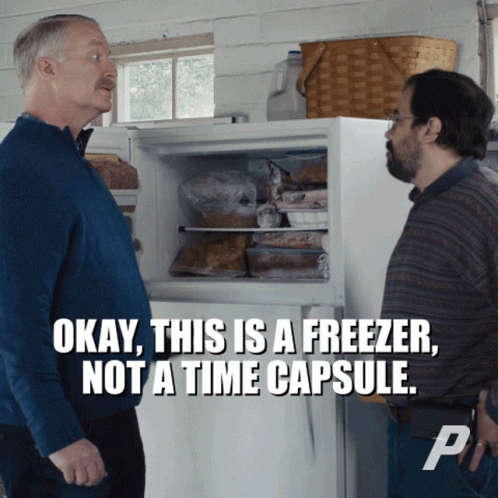
9. Spiral and Freeze (Sometimes)
Want to save time later? Some spiralized veggies can be frozen, but only the sturdy ones. Think sweet potatoes, beets, or butternut squash. These firmer veggies hold up well in the freezer and are perfect for cooked dishes like stir-fries, hash browns, or veggie noodles.
What to Do
Before freezing, blanch your spirals. Just give them a quick dip in boiling water for 1-2 minutes, followed by an ice bath. This stops enzymatic activity that can affect flavor, color, and texture over time. After blanching, pat them dry, portion them into freezer bags or containers, and label with the date.
Why It Matters
Freezing delicate veggies like zucchini or cucumber is a no-go—they'll thaw into mush. But freezing hearty spirals is a smart way to prep ahead for cozy cooked meals. It's like having a stash of veggie noodles ready for action—just grab, sauté, and go.

10. Clean It Right Away
It's tempting to leave the spiralizer in the sink for "later," but that's not a great idea because it's a lot easier to clean right away than later. Spiralizer blades are sharp, and veggie bits dry fast. If you let those scraps sit, they'll harden and turn into a crusty mess that's way harder (and grosser) to clean.
Why It Matters
Spiralizers have lots of nooks and crannies where food loves to hide, especially thin strands and pulp from watery veggies like zucchini or cucumber. If you rinse it off right after use—before anything dries—you'll save yourself scrubbing time and keep your blades in top shape. Plus, dried-on veggie bits can dull the blades over time or make the spiralizer harder to reassemble properly.
Pro Tip
Use a soft brush or old toothbrush to get into small corners safely. And always handle blades with care—they're deceptively sharp even after a single use.
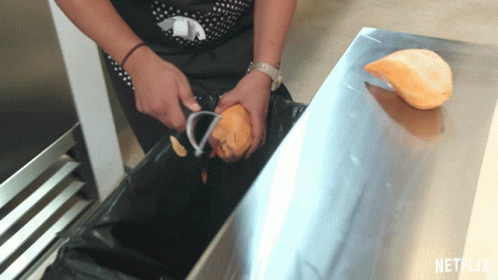
11. Peeling Is Optional
The great spiralizer debate: to peel or not to peel. The good news is that it's totally optional, and it depends on the vegetable and your personal taste.
Why Shouldn't You Peel
Leaving the skin on adds extra fiber, vibrant color, and a more rustic, natural look. It also saves time and reduces food waste. This works especially well for tender-skinned veggies like zucchini or cucumber, where the peel is barely noticeable once spiralized.
Why Should You Peel
Peeling, on the other hand, gives you a smoother, more uniform texture—especially with firmer or rougher veggies like carrots, beets, or sweet potatoes. It also removes any bitterness, grit, or imperfections on the outer layer.
Why It Matters
Peeling (or not) can affect both texture and taste. Unpeeled spirals may feel a bit tougher or more fibrous, while peeled ones are softer and more refined—great for dishes where texture is front and center. Whether you're prepping for picky eaters or aiming for Instagram-worthy noodles, choosing to peel (or not) gives you control over the final feel of your dish.

12. Use the Leftover Veggie Cores
Once you're done spiralizing, you'll usually be left with a small core from the center of your veggie—don't toss it! Those bits might not be pretty spirals, but they're still packed with flavor, nutrients, and kitchen potential.
Why It Matters
Spiralizing can feel a little wasteful if you discard those cores, but they're far from scraps. Dicing them up gives you bonus veggies for soups, stews, stir-fries, curries, or even roasted sheet pan meals. Zucchini and cucumber cores add a mild, juicy bite; carrot and beet cores bring earthy sweetness and color; and sweet potato or squash centers hold their shape well in brothy dishes.
Pro Tip
Collect leftover cores in a freezer bag throughout the week and use them to build a hearty homemade veggie broth when you've got enough. It's an easy, zero-waste way to stretch your ingredients and add flavor to your meals.

13. Secure Your Spiralizer
A sliding spiralizer is not only annoying but also unsafe. Whether you're working with a soft zucchini or a tough beet, you need a solid, stable base to keep your cuts clean and your fingers safe.
What to Do
If your spiralizer wobbles or slips on the countertop, place a damp kitchen towel or non-slip mat underneath it for extra grip. Many countertop spiralizers also come with suction feet. Make sure they're engaged and sticking properly before you start cranking.
Why It Matters
A secure spiralizer provides better control, especially with dense or slippery vegetables. It helps create even spirals without sudden jerks, skips, or uneven pressure, which can lead to broken noodles or nicks on your hands. Stabilizing your setup also makes spiralizing faster, smoother, and more enjoyable overall.
Pro Tip
Before you start, test your spiralizer with a gentle push. If it moves, readjust until it feels locked in place—then spiral away with confidence.

14. Avoid Overcooking
Spiralized veggies look like pasta, but they don't cook like pasta. Because they're thinner, more delicate, and often water-rich, they cook lightning fast. A few extra minutes in the pan can turn your beautiful spirals into a soggy, limp mess.
Why It Matters
Overcooked spiralized veggies lose their crispness, release too much moisture, and can make your entire dish watery—especially with zucchini or cucumber. The goal is to warm them through or soften just slightly while keeping that satisfying bite.
How to Avoid It
Sauté spiralized veggies for just 2-3 minutes in a hot pan with a little oil, tossing gently to heat evenly. If you're adding them to soups or hot sauces, stir them in right before serving—they'll cook in the residual heat. And for raw dishes like salads or cold bowls? No cooking needed at all.
Pro Tip
Undercook rather than overcook. Spiralized veggies continue to soften even after you take them off the heat, so stopping early keeps the texture on point.

15. Cut to Size First
Long veggies can be awkward to spiralize. Cut them down into manageable lengths (4-6 inches) before you start.
Why It Matters
Trying to spiralize a giant zucchini or long carrot often leads to uneven pressure, wobbly spirals, or veggies slipping off the prongs entirely. Cutting them into smaller sections helps the veggie stay centered, apply even force, and create smooth, consistent noodles.
Pro Tip
For large or oddly shaped veggies like butternut squash or daikon radish, trimming them into cylinder-shaped chunks gives you the best chance at long, beautiful spirals (and keeps your hands safe, too).

Recap These 15 Spiralizing Tips for Long, Lovely Veggie Noodles
- Trim the Ends First: Flat ends help your veggie sit securely and spiral evenly.
- Center It Up: Keep your veggie aligned for smooth, consistent spirals.
- Dry It Out (Especially Zucchini): Salt and blot to prevent soggy zoodles and watery dishes.
- Use the Right Blade: Choose spaghetti, ribbon, or curly blades based on your dish.
- Work in Batches: Spiralize multiple veggies at once and store for easy meals.
- Go for the Neck: Use the straight neck of squash. Save the round base for roasting.
- Keep It Cold: Chill spiralized daikon and cucumber for ultra-refreshing salads.
- Don't Force It: If it's too hard or too soft, skip it or try a different prep method.
- Spiral and Freeze (Sometimes): Blanch and freeze sturdy spirals like sweet potato for future meals.
- Clean It Right Away: Food dries fast. Rinse your spiralizer immediately after use.
- Peeling Is Optional: Skins add fiber and color; peel for smoother texture.
- Use the Leftover Veggie Cores: Dice and add to soups, stir-fries, or broth—no waste!
- Secure Your Spiralizer: Use a damp cloth or suction feet to prevent slipping.
- Avoid Overcooking: Quick sauté only! Spiralized veggies get mushy fast.
- Cut to Size First: Chop long veggies into shorter chunks for easier, safer spiralizing.
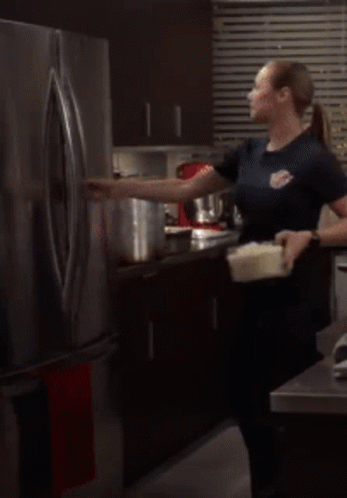
15 Smart Ways to Keep Spiralized Veggies Fresh
You've mastered the spiralizer. Now, make sure your veggie noodles stay fresh, crisp, and ready to use!
Whether you're meal prepping for the week or just saving leftovers from dinner, how you store your spirals can make or break their texture and flavor. Some veggies, like zucchini, need extra care to avoid sogginess, while others like sweet potatoes can hold up well for days—or even the freezer.
From fridge tips to freezing hacks, these smart storage strategies will help you get the most out of every twist, curl, and coil.
Let's keep those spirals looking and tasting their best and ready when you are.
- Use Airtight Containers
- Line with Paper Towels (or a Reusable Alternative)
- Label and Date Everything
- Keep Similar Veggies Together
- Store in the Fridge
- Don't Overpack the Container
- Use Within 2-3 Days
- Blanch Before Freezing
- Freeze in Single Portions
- Use Ice Packs for On-the-Go Freshness
- Avoid Saucing Too Soon
- Dry Before Storing
- Use Glass When You Can
- Don't Store Raw with Cooked
- Refresh with a Quick Sauté

1. Use Airtight Containers
After spiralizing your veggies, it's essential to store them properly to maintain their freshness and texture. The best way to do this is by transferring your veggie spirals into containers with tight-fitting lids that lock out air and moisture. This airtight environment slows down oxidation and prevents your spirals from becoming limp or soggy.
To take your storage a step further, line the bottom of the container with one or two paper towels. These towels absorb excess moisture released by high-water veggies like zucchini and cucumber, which can otherwise cause your spirals to turn mushy. For extra freshness, you can also place a paper towel on top of the spirals before sealing the container, creating a moisture barrier on both sides.
By using airtight containers combined with moisture-absorbing paper towels, you'll extend the life of your spiralized veggies and keep them crisp and ready to enjoy for several days.

2. Line with Paper Towels (or a Reusable Alternative)
Moisture is the enemy of fresh, snappy spirals—especially with water-rich veggies like zucchini, cucumber, and butternut squash. To help your spiralized veggies stay crisp instead of soggy, line your storage container with a moisture-absorbing layer.
Place a paper towel (or two) at the bottom of the container to soak up excess moisture. For even better results, add another layer on top before sealing the lid. This two-way barrier helps keep spirals dry and crunchy for longer.
Want a more sustainable option? Try using unpaper towels or another reusable cloth alternative. Just be sure they're clean and dry before storing, and swap them out as needed to keep moisture levels low without the waste.
A simple lining—whether disposable or reusable—goes a long way toward keeping your spirals fresh, crisp, and ready to enjoy.

3. Label and Date Everything
Spiralizing in batches? Keep your fridge (and your memory) organized by labeling each container with the date and type of veggie inside. It may seem like a small step, but it makes a big difference—especially when you're juggling multiple spiralized ingredients throughout the week.
Use masking tape, a dry-erase label, or a reusable chalkboard sticker to jot down the veggie type and the date you spiralized it. This helps you:
- Track freshness at a glance
- Use older spirals first to reduce waste
- Plan meals more easily by knowing what's prepped and ready to go
If you're spiralizing different veggies for the week ahead, clearly labeling each batch saves you from second-guessing and makes your fridge feel like a well-run kitchen, not a veggie guessing game.

4. Keep Similar Veggies Together
When storing spiralized veggies, resist the urge to mix different types in one container, especially when it comes to water content. Watery veggies like zucchini and cucumber tend to release moisture as they sit, while firmer veggies like carrots, beets, and sweet potatoes stay relatively dry. When stored together, the excess moisture from the watery veggies can seep into the drier ones, leaving everything limp, soggy, or unevenly textured.
Instead, group similar veggies together. Store high-moisture spirals with other high-moisture veggies, and keep firmer, drier spirals in their own containers. This helps each type stay crisp, fresh, and true to its natural texture. Bonus: it also makes it easier to plan recipes based on flavor and cook time.
Separating by texture = smarter storage, better meals, and way less waste.

5. Store in the Fridge
Spiralized veggies may be fun and fancy, but they still need the basics: cool temps and proper storage. Always keep your spirals in the refrigerator to preserve their freshness, texture, and nutritional value. Ideally, stash them in the crisper drawer, which is designed to maintain optimal humidity levels for produce.
This is especially important for high-moisture veggies like zucchini, cucumber, and squash, which can go soft quickly if left out or stored improperly. Cooler temps help slow down spoilage, maintain crunch, and keep your prep work worth the effort.
If you're storing different types of spirals, make sure each one is in its own airtight container, and be sure they're labeled and dated. With the right fridge setup, your spiralized veggies can last up to 2-4 days, depending on the type.
Pro Tip
Don't store spiralized veggies at room temperature—they'll lose their texture fast and may become unsafe to eat. The fridge is their happy place!

6. Don't Overpack the Container
When it comes to storing spiralized veggies, more isn't always better. Cramming too many spirals into one container might save space, but it can also lead to crushed noodles, trapped moisture, and faster spoilage. Tightly packed veggies don't have room to breathe, which can cause them to sweat and release excess water, especially soft or high-moisture types like zucchini and cucumber.
Instead, fill containers about ¾ full to give your spirals enough space to stay loose and maintain their shape. This helps prevent clumping, preserves texture, and keeps everything fresher for longer. If you've spiralized a big batch, divide it between two containers, instead of overstuffing one.
Your veggies will thank you—with better crunch, less sogginess, and a longer fridge life.

7. Use Within 2-3 Days
Spiralized veggies are at their peak within the first couple of days after prepping—especially delicate varieties like zucchini, which tend to soften and release water quickly. To enjoy their freshest flavor and best texture, aim to use your spirals within 2-3 days of spiralizing.
After that window, many spiralized veggies can start to lose their shape, become watery, or develop a slightly off taste. Zucchini, cucumber, and other high-moisture veggies are especially sensitive and should be used as soon as possible for optimal crispness.
If you're meal prepping, try to spiralize only what you'll use in the next day or two, or store sturdier spirals like sweet potato, beet, or carrot if you need a longer lead time. The fresher the spirals, the better your dishes will taste—and the less food you'll waste.
Pro Tip
If you notice any sliminess, off smells, or excess liquid, it's a sign your spirals have overstayed their welcome. Time for a new batch!

8. Blanch Before Freezing
Want to extend the life of your spiralized veggies? Freezing can be a great option—but only for the right types. Stick to hearty, low-moisture vegetables like sweet potatoes, butternut squash, or beets. These sturdier spirals can hold up to freezing much better than delicate, water-heavy veggies.
To help preserve texture and color, briefly blanch your spirals before freezing. Just boil them for 1-2 minutes, then immediately transfer to an ice bath to stop the cooking process. Once cooled, drain and dry thoroughly with a clean towel. Excess moisture can cause freezer burn or sogginess later on.
Divide the spirals into portioned freezer-safe bags or containers, removing as much air as possible before sealing. Label with the date and veggie type so you can easily grab what you need later.
Frozen spiralized veggies work best in cooked dishes like stir-fries, casseroles, soups, or baked meals. Avoid using them in raw dishes, since they'll soften during thawing and lose that fresh, crisp bite.
Avoid Freezing Fragile Veggies
Zucchini, cucumber, and other high-moisture veggies don't freeze well once spiralized. They tend to thaw into a soggy, mushy mess. If you're planning ahead with these types, your best bet is to spiralize and store them in the fridge, and use them within a day or two.
Freezing the right way ensures your spiralized veggies are ready when you are without sacrificing quality.

9. Freeze in Single Portions
When freezing spiralized veggies, portioning is key. Instead of freezing one big batch, divide your spirals into single-meal portions before storing. This makes it quicker and easier to defrost just what you need—no chopping, breaking apart, or re-freezing required.
Use freezer-safe bags, silicone containers, or reusable pouches to portion out your spirals. Flatten bags before sealing to save space and help them freeze (and thaw) more evenly. If you're using containers, leave a little space at the top to allow for expansion as the veggies freeze.
Label each portion with the veggie type and the date, and store them in a flat layer in the freezer for better organization and faster thawing.
Single-portion freezing is a small step that makes a big difference. It saves time, reduces waste, and keeps your spiralized stash super convenient—ready to toss into a stir-fry, soup, or sauté anytime you need a veggie boost.

10. Use Ice Packs for On-the-Go Freshness
Bringing spiralized veggies in your lunch or on a picnic? Don't forget an ice pack! These delicate veggie noodles can lose their crunch quickly if they're left at room temperature for too long—especially on warm days. An ice pack helps maintain a cool, food-safe temperature, keeping your spirals fresh, crisp, and safe to eat until you're ready to enjoy them.
Pack your spiralized veggies in an insulated lunch bag or container, and place an ice pack right next to or beneath the container. This extra layer of chill keeps high-moisture veggies like zucchini, cucumber, or squash from getting soggy or wilted while you're on the move.
Bonus Tip
If you're bringing a dipping sauce, dressing, or cooked topping, store it separately to avoid soaking the spirals before mealtime. Then just mix everything together when you're ready to eat—fresh, crunchy, and perfectly chilled.

11. Avoid Saucing Too Soon
Keep your veggie noodles dry until mealtime. One of the quickest ways to turn crisp, fresh spiralized veggies into a soggy disappointment is by adding sauce too early. Whether you're packing lunch, meal prepping, or storing leftovers, it's best to keep your spirals dry and separate from any sauces or dressings until you're ready to eat.
Why? Many sauces—especially ones with vinegar, citrus, or salt—draw out moisture from veggies. This causes even sturdy spirals to soften, wilt, and lose their satisfying bite over time. Zucchini, cucumber, and other high-moisture veggies are especially prone to turning mushy when pre-sauced.
For the Best Results
- Store sauces in a small container on the side.
- Wait to toss or drizzle until just before serving.
- If you're taking lunch to go, consider layering ingredients (dry spirals on top, sauce at the bottom) in a jar and mixing everything up right before eating.
This simple habit helps maintain that fresh-from-the-spiralizer texture and gives you a better-tasting, more satisfying meal every time.

12. Dry Before Storing
Before tucking your spiralized veggies into a container, take a moment to blot away any surface moisture, especially if you're working with high-water veggies like zucchini, butternut squash, or cucumber. Excess moisture can lead to sogginess, faster spoilage, and a slimy texture that no one wants on their plate.
After spiralizing, gently blot the noodles with a clean paper towel, tea towel, or unpaper towel to absorb any water released during cutting. You don't need to squeeze them dry. Just patting them lightly can make a big difference. The drier they go into the container, the better they'll hold up over the next few days.
This quick step helps prevent water from pooling at the bottom of the container, preserves that satisfying veggie crunch, and extends the shelf life of your spirals.
Bonus Tip
After blotting, you can also salt certain veggies like zucchini or cucumber and let them sit for a few minutes before drying again. This draws out even more moisture for a firmer, less watery spiral.

13. Use Glass When You Can
When it comes to storing spiralized veggies, your choice of container can make a big difference—and glass is often the best choice. Glass containers help keep spirals crisp longer, thanks to their sturdy, non-porous design that maintains a stable, cool environment. Unlike plastic, glass won't trap heat or fluctuate with fridge temps as easily, which helps preserve texture and freshness.
Another big bonus? Glass doesn't absorb odors or stains, so your spirals stay tasting clean and natural—even if you've stored garlicky sauces or colorful beets in the same container before. No lingering smells, no weird aftertastes.
Plus, glass containers are:
- Dishwasher-safe
- More eco-friendly (reusable for years)
- Microwave-safe and oven-safe for quick heating
- Great for visibility—you can see what you have at a glance
While plastic works in a pinch, reaching for glass whenever possible is a simple upgrade that pays off in better texture, cleaner flavor, and longer-lasting veggie spirals.

14. Don't Store Raw with Cooked
When storing spiralized veggies, it's important to keep raw and cooked spirals in separate containers. While it might seem convenient to combine them, doing so can lead to soggy textures, faster spoilage, and less appetizing meals.
Why It Matters
Cooked veggies naturally release steam and moisture as they cool, which can quickly affect the texture of raw spirals. The raw ones may absorb this moisture, causing them to become limp or mushy before you're ready to eat. Meanwhile, the cooked spirals can also lose their own texture and freshness if stored with raw produce that still needs to breathe or dry out slightly.
Keeping them separate:
- Helps preserve the crispness of raw spirals
- Maintains the integrity of cooked spirals
- Prevents cross-texture contamination that can make meals feel off or unbalanced
Bonus Tip
Label containers clearly with "Raw" or "Cooked" and the date to stay organized, especially if you're prepping for multiple meals at once.
Whether you're meal prepping or saving leftovers, a little separation goes a long way in keeping your spiralized veggies tasting their best.
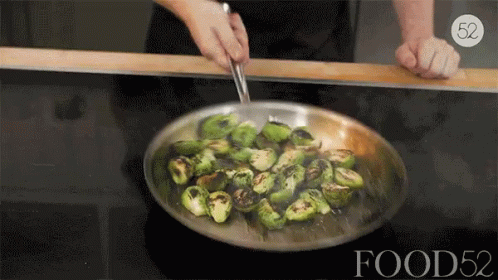
15. Refresh with a Quick Sauté
Even with the best storage methods, spiralized veggies can sometimes soften or wilt after a couple of days in the fridge. But don't toss them out just yet! A quick sauté in a hot pan can breathe new life into tired spirals—restoring some of their texture, enhancing flavor, and turning them into a warm, satisfying addition to your meal.
Simply heat a bit of oil in a skillet over medium-high heat, then toss in your spirals and sauté for 1-3 minutes, depending on the veggie. This fast pan-cook helps evaporate excess moisture, reawakens their natural sweetness, and adds a touch of caramelization for extra depth.
How It Helps
- Zucchini spirals get firmer and less watery.
- Sweet potato, beet, or carrot spirals gain tenderness and a richer flavor.
- Cold leftovers get a warm-up without getting mushy.
You can add a pinch of salt, your favorite spices, or a splash of sauce right in the pan for an easy upgrade. It's the perfect fix when your spirals are still good—but not quite salad-ready.
Bonus Tip
A quick sauté also makes spiralized veggies more meal-prep friendly, especially for bowls, stir-fries, or grain dishes.

Summary of 15 Genius Hacks to Preserve Spiralized Veggies
- Use Airtight Containers: Store spirals in containers with tight-fitting lids to lock out air and moisture.
- Line with Paper Towels (or a Reusable Alternative): Place a paper towel at the bottom (and optionally on top) to absorb excess moisture and prevent sogginess.
- Label and Date Everything: Keep track of what's fresh by marking the date and veggie type—super helpful for batches.
- Keep Similar Veggies Together: Don't mix watery and dry veggies in one container—they'll affect each other's texture.
- Store in the Fridge: Spiralized veggies are happiest in the fridge. Keep them in the crisper drawer if possible.
- Don't Overpack the Container: Leave a little breathing room so veggies don't get crushed or release too much water.
- Use Within 2-3 Days: Most spiralized veggies are best eaten within a few days. Zucchini especially has a short shelf life.
- Blanch Before Freezing: For freezer storage, briefly blanch hearty spirals like sweet potato or beet to help preserve texture.
- Freeze in Single Portions: Freeze spirals in meal-size batches using freezer bags or silicone containers—easier to defrost and use.
- Use Ice Packs for On-the-Go Freshness: Packing spiralized veggies for lunch? Tuck in an ice pack to keep them cool and crisp.
- Avoid Saucing Too Soon: Store spirals dry and sauce them when ready to eat. Sauces can make them soggy if added too early.
- Dry Before Storing: Blot with a paper towel before storing to reduce the chance of excess moisture pooling.
- Use Glass When You Can: Glass containers help keep spirals crisp longer and won't absorb odors like plastic.
- Don't Store Raw with Cooked: Keep raw spirals separate from pre-cooked ones to maintain freshness and avoid cross-texture contamination.
- Refresh with a Quick Sauté: If spirals start to soften or wilt, revive them with a quick pan toss to bring back texture and warmth.

5 Delicious Meals with Spiralized Veggies
Looking to add more veggies and fun textures to your meals? Spiralized veggies are a tasty, healthy way to do just that. Check out these 5 delicious recipes that put spiralized veggies front and center—fresh, flavorful, and easy to make!
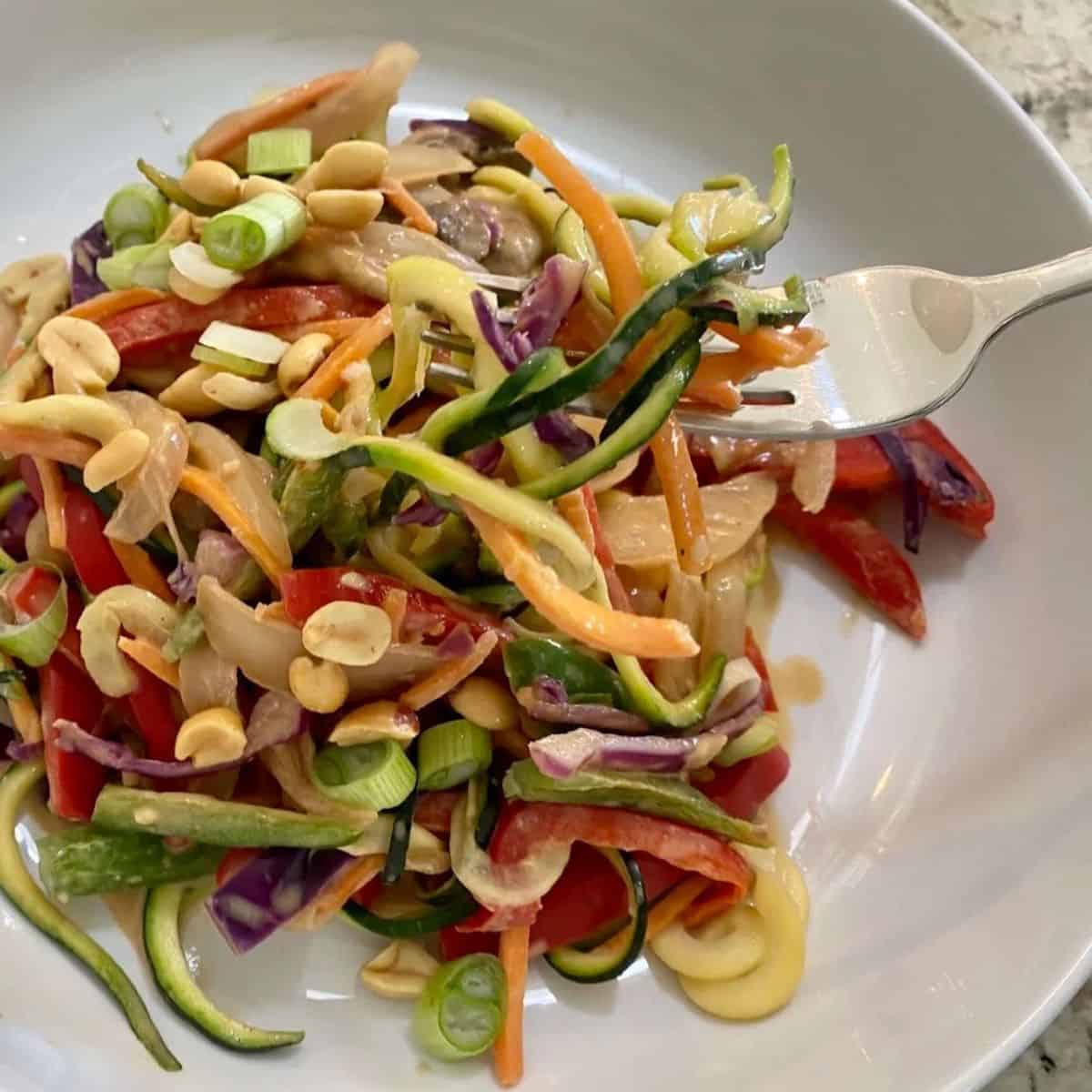
1. Zoodle Pad Thai
Swap out traditional noodles for zucchini spirals (aka zoodles) in this vibrant take on pad Thai. Toss with a creamy peanut sauce, veggies, chopped peanuts, and your choice of protein. A perfect balance of fresh, salty, tangy, and sweet!

2. Sweet Potato Peanut Noodles
Sweet potato peanut noodles combines the natural sweetness of spiralized sweet potatoes with a creamy, tangy peanut sauce. This gluten-free, oil-free, and plant-based dish is quick to prepare, making it an ideal choice for a weeknight meal.

3. Noodle Salad
If you're looking for a nutritious and filling salad, you came to the right place. With the help of carrot ribbons, you have a dish with over 30 grams of protein and over 15 grams of fiber per serving. Give it a try today.
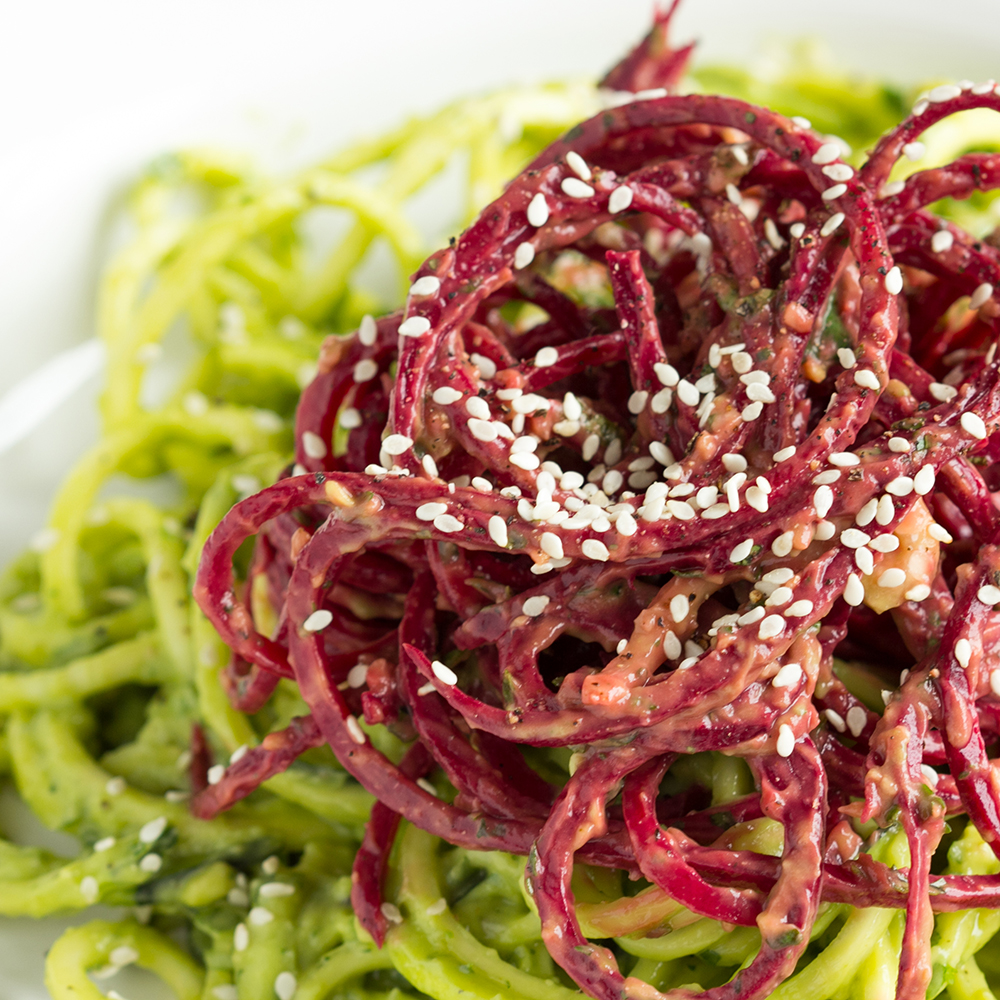
4. Zucchini Beet Noodles
If you're told that only old people eat beets, you are far from wrong. Beets are so delicious and are a natural way to make red, golden, and purple dye. My favorite dish is making Barbie (pink) pasta. Make some beet noodles and zoodles while you are at it, and you're in for a nutritious meal.
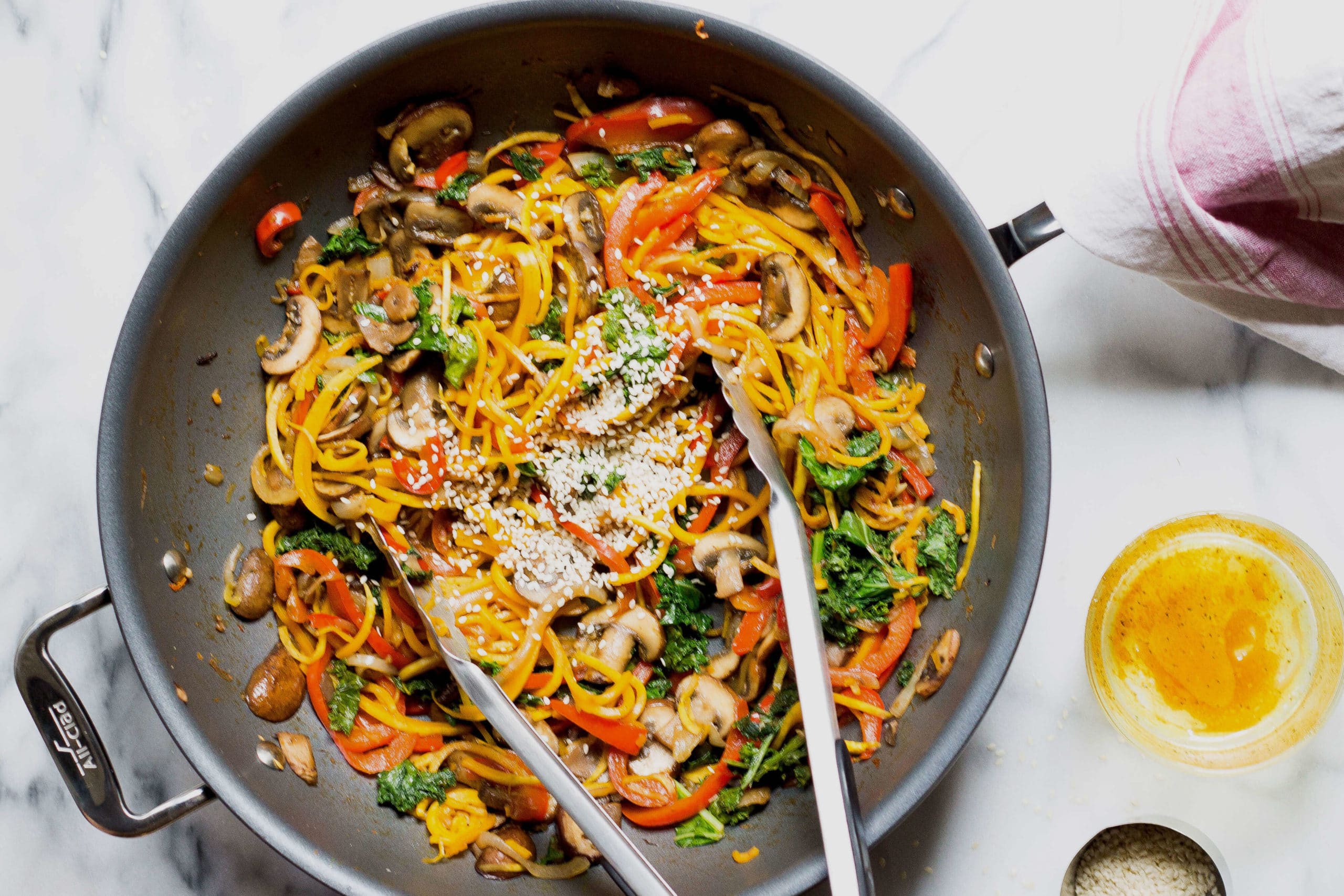
5. Butternut Squash Lo Mein
I have a tough time prepping butternut squash without gloves. I have some sort of contact dermatitis with it. Every time I touch raw butternut squash after it is skinned without gloves, my hands feel like they are burning. It tastes fine after cooking it though. If you want to give butternut squash noodles a try, I recommend making lo mein with it.

5 Irresistible Spiralized Dessert Ideas
Who says spiralizing is just for salads and zoodles? Get ready to twist your sweet tooth with these playful, plant-based treats that turn veggies and fruits into dessert masterpieces. Give these desserts a try today.
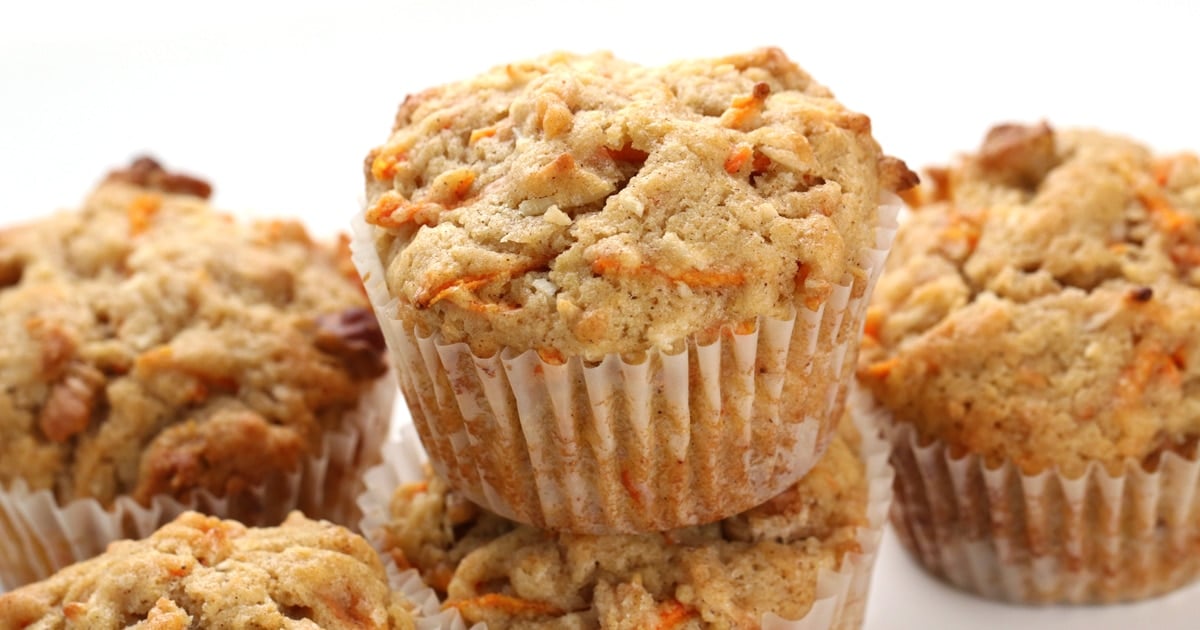
1. Carrot Muffins
If you have any extra carrot peels or noodles, this is the perfect recipe for you. I made this for a brunch, and they were a hit. I even colored them with plant-based food coloring, and the red and pink colorings stood out. Next time, I need to bake them longer because I undercooked them due to running out of time.
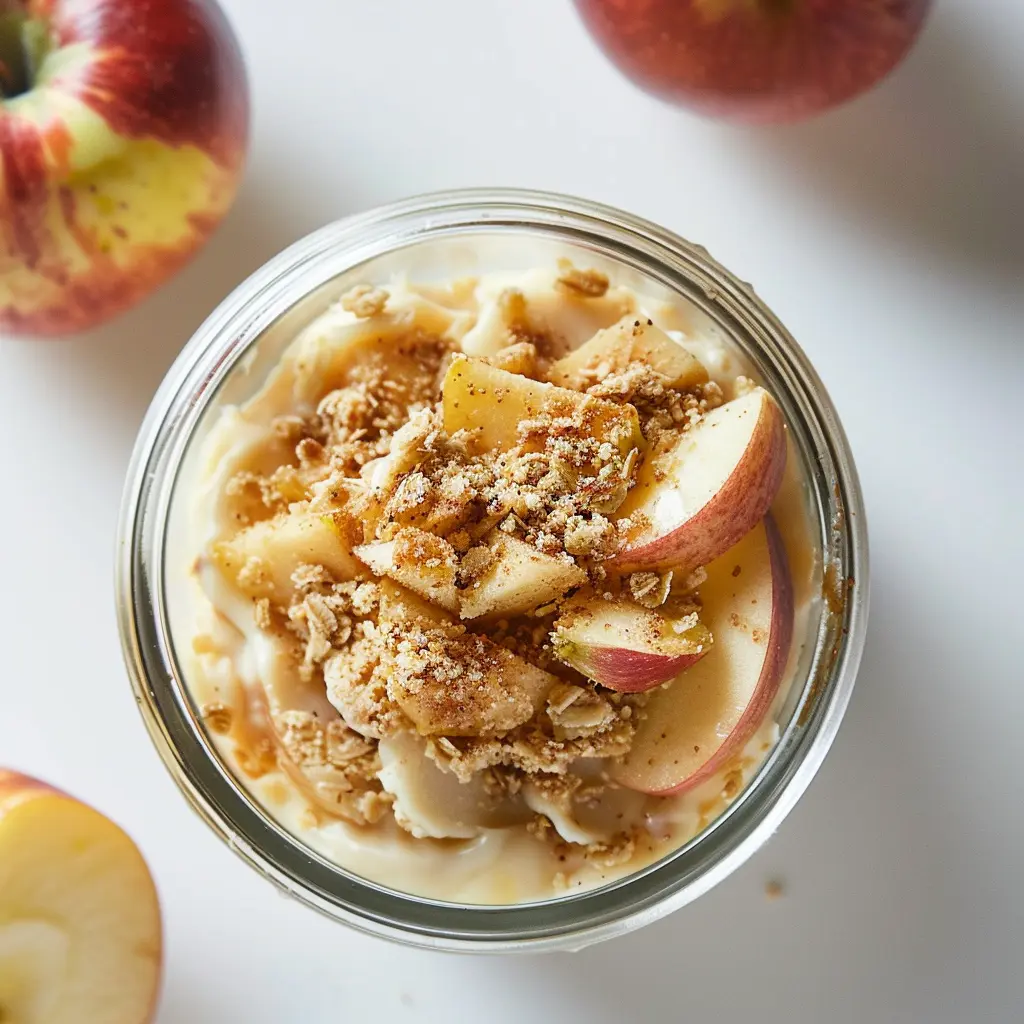
2. Apple Pie in a Jar
I am a huge pro of making desserts with less serving sizes with living by myself with my cats. This jar-based dessert is only 2 servings, which is great for date night, people living alone like me, and those needing to watch their weight.
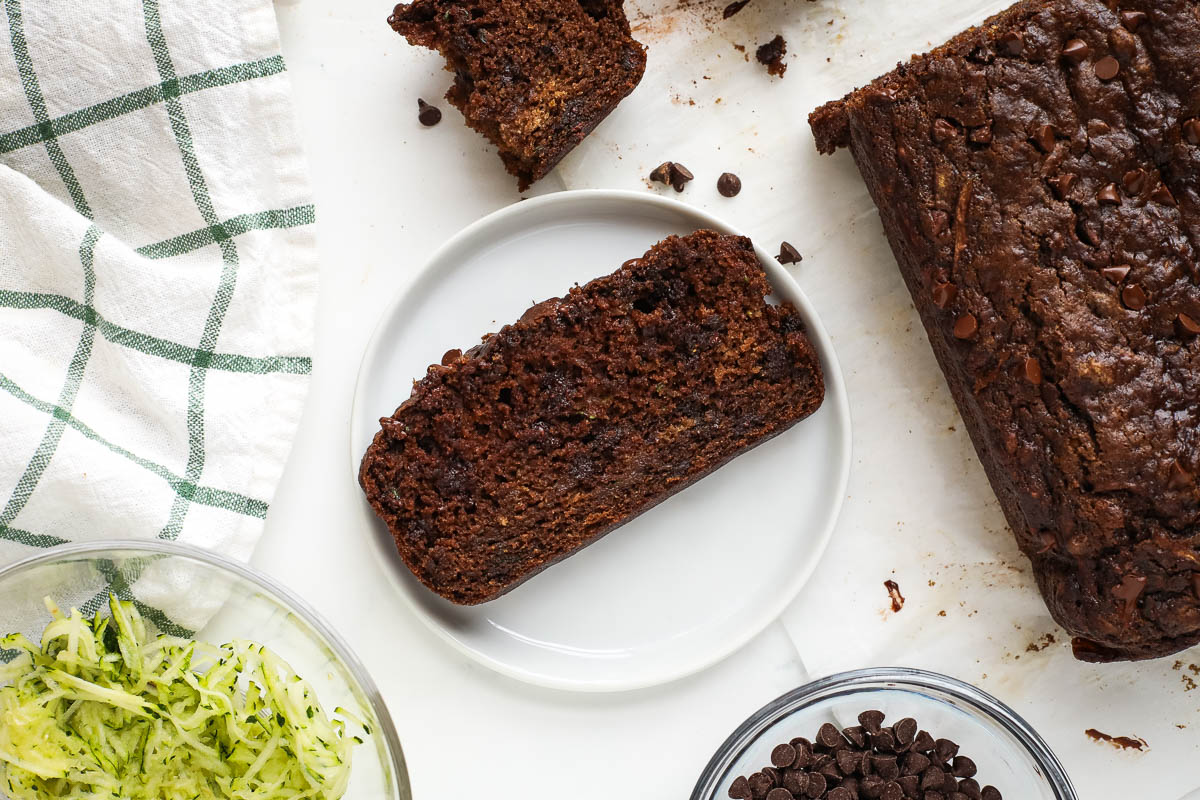
3. Chocolate Zucchini Bread
As I mentioned earlier, my mom incorporates zoodles into zucchini bread. It would be cruel to not include a plant-based zucchini bread in this recipe roundup. Feel free to use leftover zucchini noodles or grate a fresh zucchini to make this recipe.
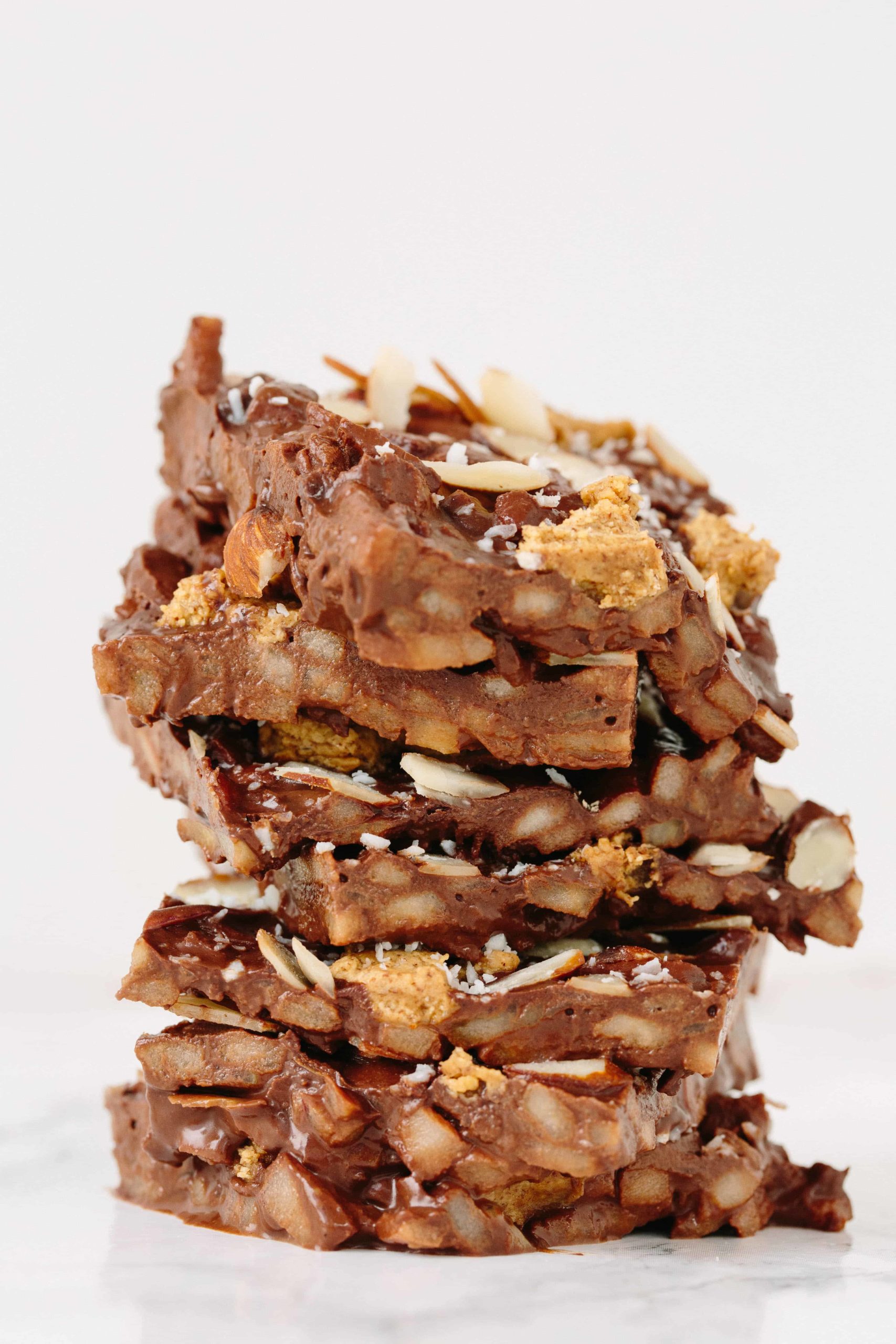
4. Spiralized Apple Bark
Even though my dad's mom was a homemaker and his dad was a farmer, my grandpa was a pretty good baker. Even though most of his dishes weren't that elaborate, they still were pretty tasty. Some classics were chocolate chip cookies, Texas sheet cake, Thanksgiving candy turkeys, chocolate fudge, and toffee bark.
If you have some apples in the fridge handy, you can transform them into a tasty bark.
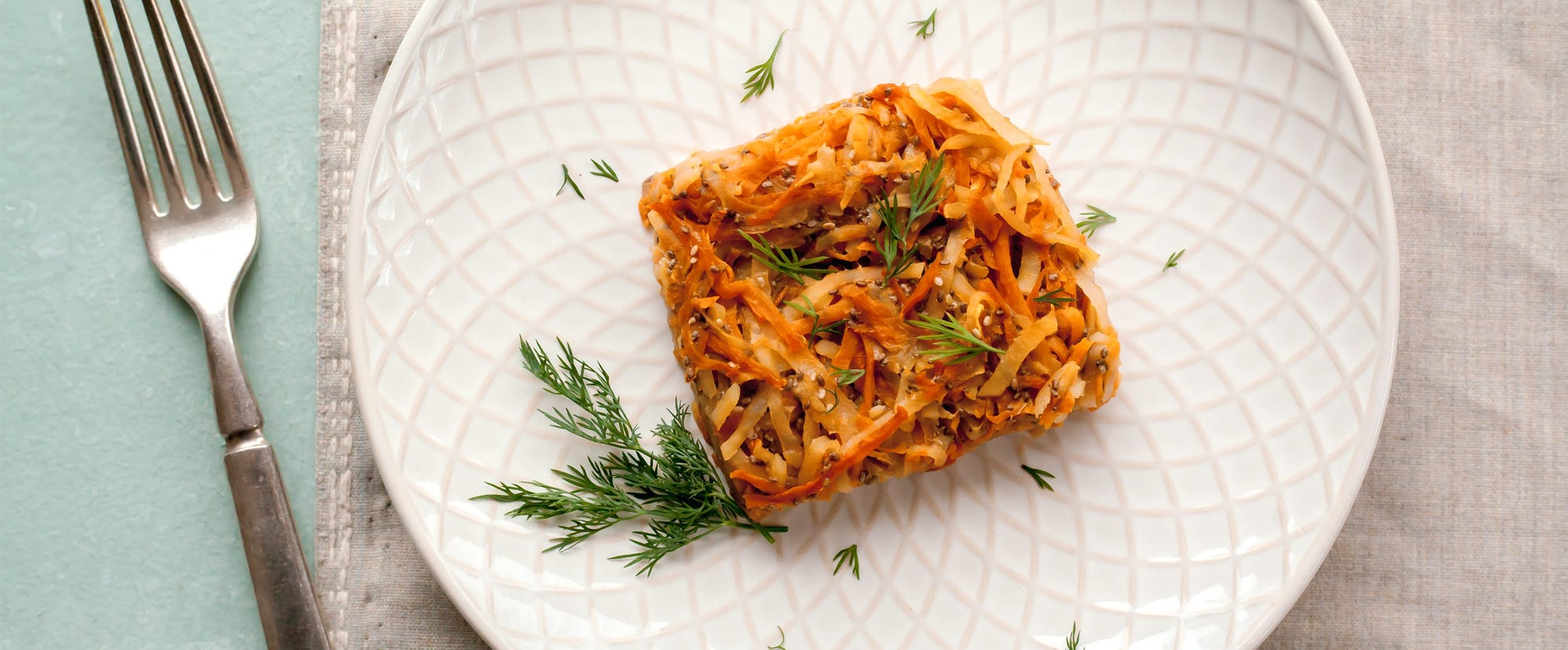
5. Sweet Potato Kugel
I definitely am not the only one who buys a whole bag of sweet potatoes to save money only to end up tossing part of the bag after forgetting about it weeks later. The best part about this recipe is it used 4 sweet potatoes, which uses a decent amount of the remaining sweet potatoes after the original meal prep.
Kugel is a baked casserole of Jewish origin. It's commonly eaten as a savory side dish on Jewish holidays and at American Jewish Thanksgiving gatherings. It can also be made sweet for a dessert.
I recommend changing up the recipe to the following to make it a dessert. Have fun experimenting a vegan sweet kugel recipe in your kitchen.
- 4 medium sweet potatoes
- 3 tablespoons chia seeds (or ground flaxseeds)
- 1 Honeycrisp apple or pear
- ¼ cup potato starch
- Sweetener(s) of choice (organic brown sugar, maple syrup, and/or raisins)
- Flavor enhancer(s) of choice (small amount of cinnamon, nutmeg, and/or vanilla extract)
- Walnuts (topping)

Spiralize Your Way to Better Meals
Spiralizing isn't just a fun kitchen trend. It's a game-changer for how you cook, eat, and think about vegetables. With just a twist, you can turn humble produce into colorful, nutrient-packed noodles, ribbons, and curls that make every meal feel more exciting. Whether you're looking to eat more veggies, reduce food waste, or simply shake up your weekly meal routine, spiralizing makes it easy and enjoyable.
From zoodle stir-fries to spiralized desserts, the possibilities are as endless as your imagination. It's a creative, hands-on way to bring more color, crunch, and joy to your plate.
Once you experience how quick, tasty, and versatile spiralized meals can be, you'll wonder how you ever lived without them. So grab your spiralizer and get twisting. Your veggies (and your taste buds) will thank you!
Why live life in straight lines when you can spiral it into something spectacular? Keep it fresh. Keep it curly. Keep it you. Until next time!

More Veggie Inspo
